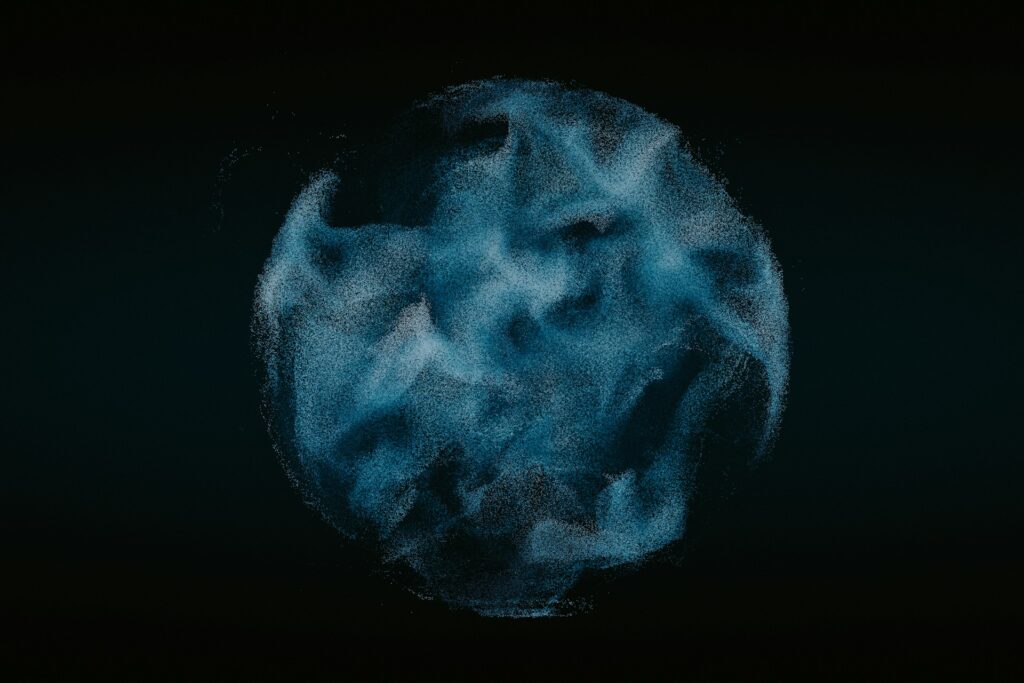Hydrogen electrocatalysis plays a pivotal role in sustainable energy conversion and environmental remediation. A recent study led by Professor Peng Chen at Cornell University introduces a single-molecule super-resolution imaging technique to observe surface palladium; hydrogen (PdH*) intermediates during electrocatalytic hydrogen evolution. This advancement provides insights into the dynamic nature of these intermediates and their implications for catalytic processes.
Li, W., Yang, M., Zhao, Z., Zhao, M., Ye, R., Fu, B., & Chen, P. (2025). Single-molecule reaction mapping uncovers diverse behaviours of electrocatalytic surface Pd–H intermediates. Nature Catalysis. https://doi.org/10.1038/s41929-025-01429-z
Traditional methods for studying metal; hydrogen intermediates often rely on ensemble-averaged measurements, which can mask the inherent heterogeneity of catalytic systems. The new imaging approach developed by Chen and his team involves introducing a fluorescent probe molecule that reacts with PdH* intermediates on individual palladium nanocubes. The resulting fluorescence enables visualization of reaction events at the single-molecule level with nanometer-scale spatial precision.
Peng Chen at Cornell University stated,
“In our measurement, we can differentiate particles. We also have a way to estimate the differences between sites on the same particle. Now, with this capability, we can more reliably determine the reduction potential that leads to the formation of this palladium-hydrogen intermediate.”
This technique revealed that palladium nanocubes exhibit diverse hydrogenation behaviors, with intermediates forming at different sites on the same particle. Notably, the study observed hydrogen spillover;where hydrogen atoms migrate from the palladium surface to the surrounding substrate—occurring over distances exceeding hundreds of nanometers. This finding challenges previous assumptions about the spatial limitations of hydrogen spillover.
The ability to monitor PdH* intermediates at the single-particle level offers several advantages over traditional methods. It allows for the differentiation of particles and estimation of variations between sites on the same particle, leading to more accurate assessments of intermediate stability and reactivity. This capability is crucial for optimizing catalytic processes such as hydrogen generation and the detoxification of aqueous pollutants.
Furthermore, the study’s findings underscore the necessity of single-particle resolution in capturing the intrinsic complexity of electrocatalysts. By providing a more detailed understanding of the behavior of PdH* intermediates, this research contributes to the development of more efficient and tailored catalytic systems.
In summary, the single-molecule imaging technique developed by Chen and his team represents a significant step forward in the study of hydrogen electrocatalysis. It not only enhances our understanding of the dynamic nature of Pd;H* intermediates but also opens avenues for the design of more effective catalytic systems for energy and environmental applications.

Adrian graduated with a Masters Degree (1st Class Honours) in Chemical Engineering from Chester University along with Harris. His master’s research aimed to develop a standardadised clean water oxygenation transfer procedure to test bubble diffusers that are currently used in the wastewater industry commercial market. He has also undergone placments in both US and China primarely focused within the R&D department and is an associate member of the Institute of Chemical Engineers (IChemE).



